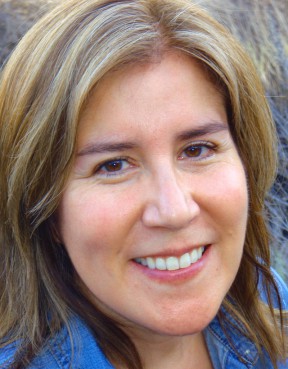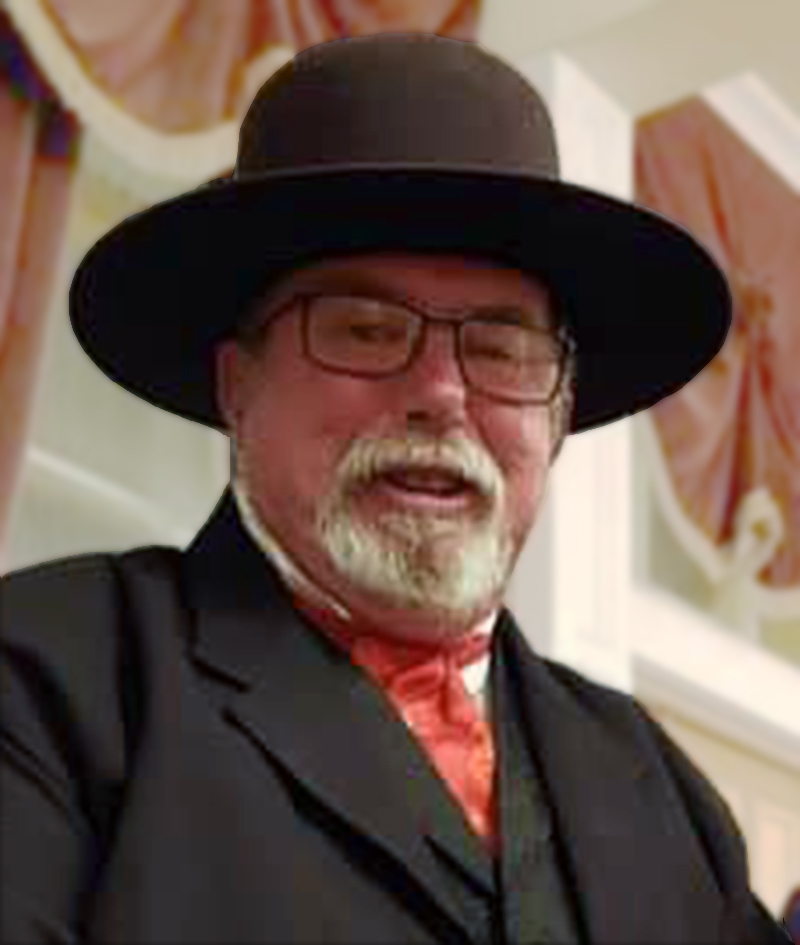 Each of us celebrates the Christmas season by observing traditions not only common in the United States, but we also include elements from our personal heritage. Did you ever wonder where some of these traditions originated?
Each of us celebrates the Christmas season by observing traditions not only common in the United States, but we also include elements from our personal heritage. Did you ever wonder where some of these traditions originated?
My family, being Czech, Swedish and German, has some wonderful traditions. The Czechs greet each other with Štědrý den/Štedrý deň, which means “Generous Day,” or the day of giving gifts. This sentiment of generosity is associated with Dec. 24. Czechs love to give presents and believe that everyone they know deserves to be appreciated and recognized with a gift. It is a tradition that confuses most of my all-American friends.
The Czech Christmas dinner usually consists of fried carp, potato salad, koláče (a sweet, apricot-filled bread) and cabbage soup. My family has opted to keep the Kolaches (U.S. spelling) in the menu but to move toward the other family ethnicities for the remainder of the celebratory feast.
 Our dinner usually consists of piles of appetizers, pumpkin and brandy eggnogs, cream of cauliflower soup (German), Brussels sprouts with roasted chestnuts (German), roasted goose stuffed with plums, apples and raisins (German), pumpkin pie, apple pie, pecan pie (U.S.) and for breakfast, it must be aebelskivers (little round apple pancakes from Sweden) with Lingonberries. Of course, we pile on the cookies, gingerbread houses, and mini-tarts from each region to share with friends the entire season.
Our dinner usually consists of piles of appetizers, pumpkin and brandy eggnogs, cream of cauliflower soup (German), Brussels sprouts with roasted chestnuts (German), roasted goose stuffed with plums, apples and raisins (German), pumpkin pie, apple pie, pecan pie (U.S.) and for breakfast, it must be aebelskivers (little round apple pancakes from Sweden) with Lingonberries. Of course, we pile on the cookies, gingerbread houses, and mini-tarts from each region to share with friends the entire season.
In addition to our Christmas reflecting the foods and sentiments of the regions of our origin, we follow other customs. Mikuláš, which is Czech for Santa Claus, will visit the home on Dec. 6 and bring gifts of candy and other treats that will be tucked into children’s shoes as a precursor to the actual Christmas visit, which brings a much bigger haul of gifts.
However, if your shoes are dirty and left unpolished, do not expect Santa to visit you on the 6th. This is a lesson for all children to change their ways by Dec. 25. If a child is bad, a golden birch rod is delivered by a devil-like character. This can strike terror into the hearts of children and make them run to clean their room, polish their shoes and help mom with the dishes. (Why isn’t this custom more popular? It sure worked for me.)
 In my German family, Christkind, or the Christ Child, is the one who actually decorates the Christmas tree and delivers gifts to all of the good boys and girls. The brilliant thing about the Christkind is that he is invisible, and when he is done placing the gifts under the tree, he rings a bell to let all of the children know he is done.
In my German family, Christkind, or the Christ Child, is the one who actually decorates the Christmas tree and delivers gifts to all of the good boys and girls. The brilliant thing about the Christkind is that he is invisible, and when he is done placing the gifts under the tree, he rings a bell to let all of the children know he is done.
Legend has it that if the children peek before he is done, there will not be any gifts for them under the tree. This is great kiddie control on Christmas Eve or morning. As a kid, I can remember sitting in my bedroom with the door closed, being as quiet as I could be, just waiting for that bell to ring. Christkind would always leave me a box of my favorite crescent-shaped, traditional cookies under the tree, too.
The other traditions my family celebrates come from Sweden and are influenced by the pre-Christian holiday called jól, or Yule. These practices surrounded the winter soltice, the rebirth of the sun.
Many of these traditions can still be evident today in the Advent. It was a time for gift-giving, drinking, feasting and gathering together. Sounds like Christmas. We often celebrated St. Lucy’s Day, called Luciadagen, which begins with the eldest daughter (me, as an only child) dressing in a white robe or long white dress, a crown of berries and twigs, and a red sash. St. Lucia always woke the family by singing the traditional Santa Lucia song and serving coffee and saffron buns to the family. This was the beginning of the Christmas celebrations.
We always had electric stars and candles in our windows. If you pass my house during this season, you will still see them shining brightly throughout December.
While Americans leave milk and cookies for Santa, we always left a bowl of porridge for the Christmas Gnome. This would guarantee luck for the household for the following year.
We’ve borrowed a few dishes from this side of the family, as well. The Swedish meatballs we serve as appetizers, the Glogg (a mulled and spiced wine with nuts and raisins), Christmas marzipan, cookies, and the oranges spiked with cloves are some of the items that grace our table.
Nearly all of the traditions that Americans consider “American” have come from the nations of our ancestors. We truly are a melting-pot nation. Enjoy your holiday, remember where you came from, and perhaps share some of your traditions with others.
Merry Christmas and a Happy New Year!
Dianne Erskine-Hellrigel is executive director of the Community Hiking Club and president of the Santa Clara River Watershed Conservancy.
Like this:
Like Loading...
Related






 Tweet This
Tweet This Facebook
Facebook Digg This
Digg This Bookmark
Bookmark Stumble
Stumble RSS
RSS









































REAL NAMES ONLY: All posters must use their real individual or business name. This applies equally to Twitter account holders who use a nickname.
0 Comments
You can be the first one to leave a comment.